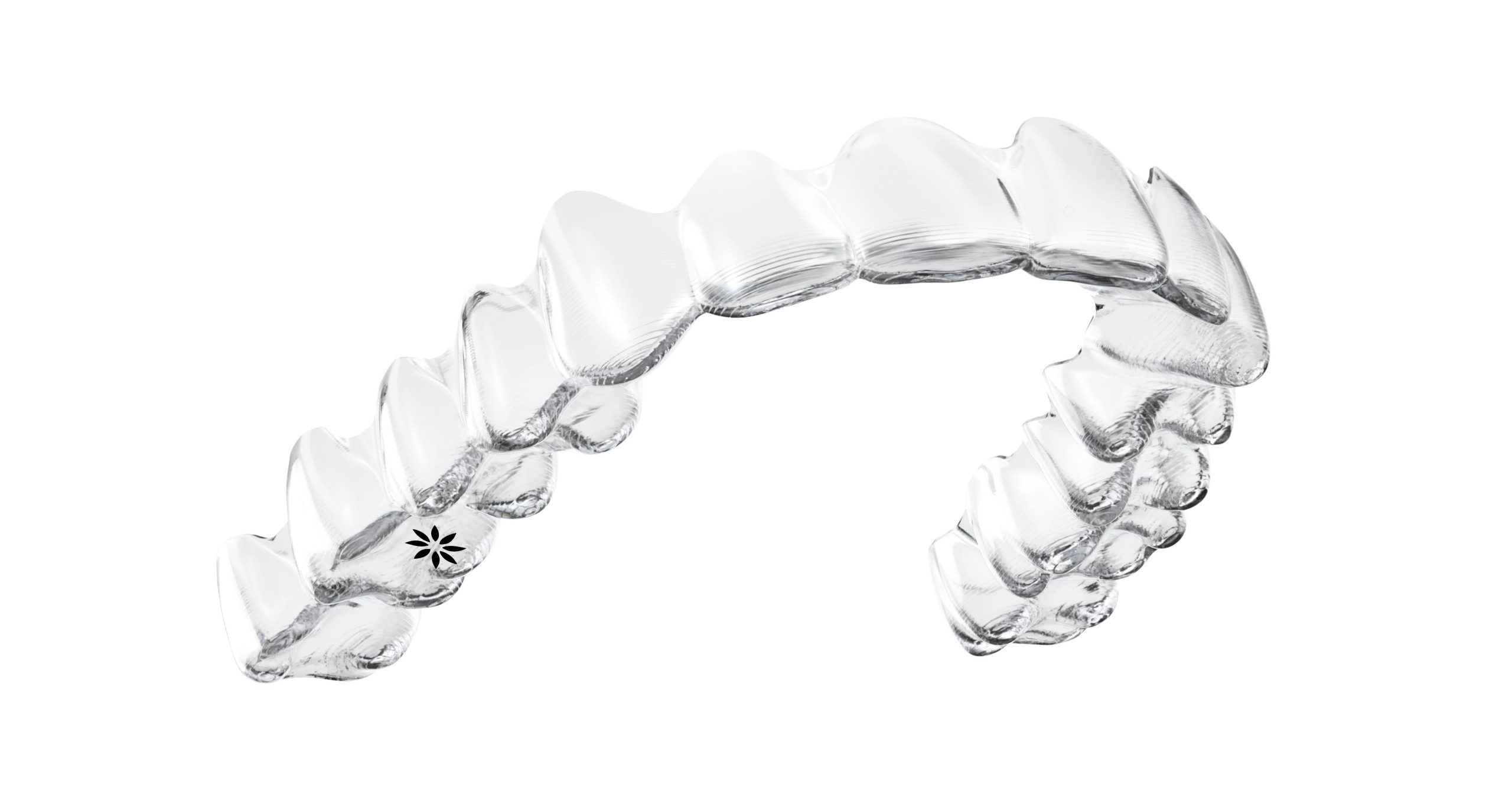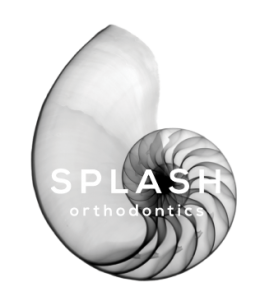Choosing between braces and veneers
If you’d like a straighter smile, you have a few different options. Two of the most popular include braces and veneers. They can both transform your smile, but they work in very different ways.

How braces and veneers straighten teeth
Braces straighten your natural teeth using fixed or removable appliances. They used to be fairly prominent (earning them associations with train tracks!), but now they can be virtually invisible.
You can choose from fixed metal braces, clear ceramic braces, clear removable aligners and fixed braces that fit behind your teeth. They all use gentle forces to gradually align your teeth.

Veneers sit in front of your natural teeth, almost instantly disguising crowding, gaps, chips and discolouration. Your veneers will be custom-made to complement your teeth and smile and attached using a durable composite resin.
How long do they take to work?
Braces aren’t a quick fix; your orthodontic treatment could take 12–18 months to complete. Maybe less time if your case is straightforward, for example, your front teeth are slightly misaligned. Throughout your treatment, you’ll see your orthodontist for regular adjustments every 6–8 weeks.
Veneers are usually fitted over a few appointments, so the results can be quick. It’s not impossible to have straight teeth within a few weeks of your first appointment.
Which option is the least damaging?
Braces work with what you have and shouldn’t cause any damage to your teeth. Very occasionally, there can be complications such as root shortening, but these are rare and can usually be managed.
To fit your veneers, your dentist will probably need to remove some of your tooth enamel. This can’t be reversed, and you’ll always need to wear veneers. Each time they’re replaced, more enamel will be removed.
How good are the results?
Braces can align even the most crowded smiles, and the results can be amazing. However, while they’re fantastic at straightening teeth, they won’t change the colour or appearance of individual teeth. Many adult patients whiten their teeth after braces to complete their smile makeover.
Veneers, on the other hand, can tackle several complaints at the same time. You’ll be able to choose (within reason) the shade, size and shape of your new grin.
Can they both help severe crowding?
If you have moderate to severe crowding or spaces or teeth that don’t bite together correctly, braces will be your best option. If you try to fit veneers to very misaligned teeth, you could lose a lot of tooth enamel and end up with some very thick, unnatural looking veneers.
Some patients who are set on veneers have orthodontic treatment first, to move their teeth into the best position.
Are they a permanent solution?
If you follow your orthodontist’s advice and wear your retainers unfailingly, the results of braces should last forever. You’ll need to replace your retainers periodically, but otherwise, you can reap the rewards of your initial investment.
Veneers will need replacing approximately every 10–15 years. They can chip, crack and wear down. Over time, your gums will naturally recede, resulting in a gap between your veneers and gumline. Every time your veneers are replaced, you’ll need to pay for a new set.
Who provides these treatments?
Orthodontists and dentists both provide orthodontic treatment. Specialist orthodontists are the experts at straightening teeth. They’ve undergone years of full-time training in orthodontics, and their knowledge is unparalleled.
Veneers are typically provided by dentists and prosthodontists. Prosthodontists specialise in restoring and replacing missing or damaged teeth through treatments including veneers, bonding, crowns, bridges and implants.
How much do they cost?
The price of both treatments will vary with the experience of your provider and the quality of materials/service. Typically, braces cost between £2,000 and £5,000. While porcelain veneers can cost between £500 and £1,000 per tooth.
To find out exactly how much your treatment will cost, most specialists and dentists offer free consultations. At Splash Orthodontics, we offer monthly payment plans, including interest-free options.
Are there any alternatives?
If your teeth are only slightly misaligned, you may be suitable for teeth contouring or bonding. Teeth contouring involves removing minimal amounts of enamel to even out your smile.
Bonding uses small amounts of tooth-coloured composite to reshape your teeth. It’s not permanent, which means it’s also reversible. If you’re not happy with the position or shape of your teeth, bonding and braces can provide an excellent solution that won’t damage your enamel.
To find out more about your teeth straightening options, visit our specialist orthodontist Iain Hoeltschi for a free no-obligation consultation.

 Hove
Hove 01273 203514
01273 203514


 Read more
Read more

